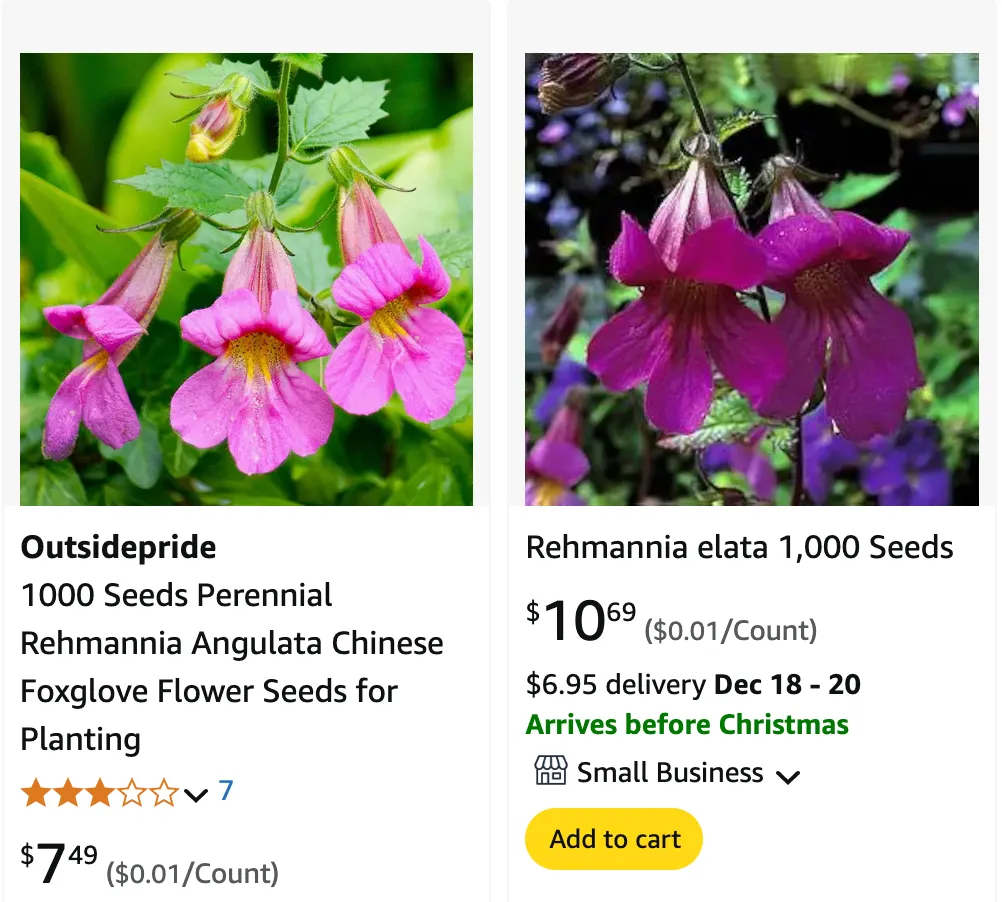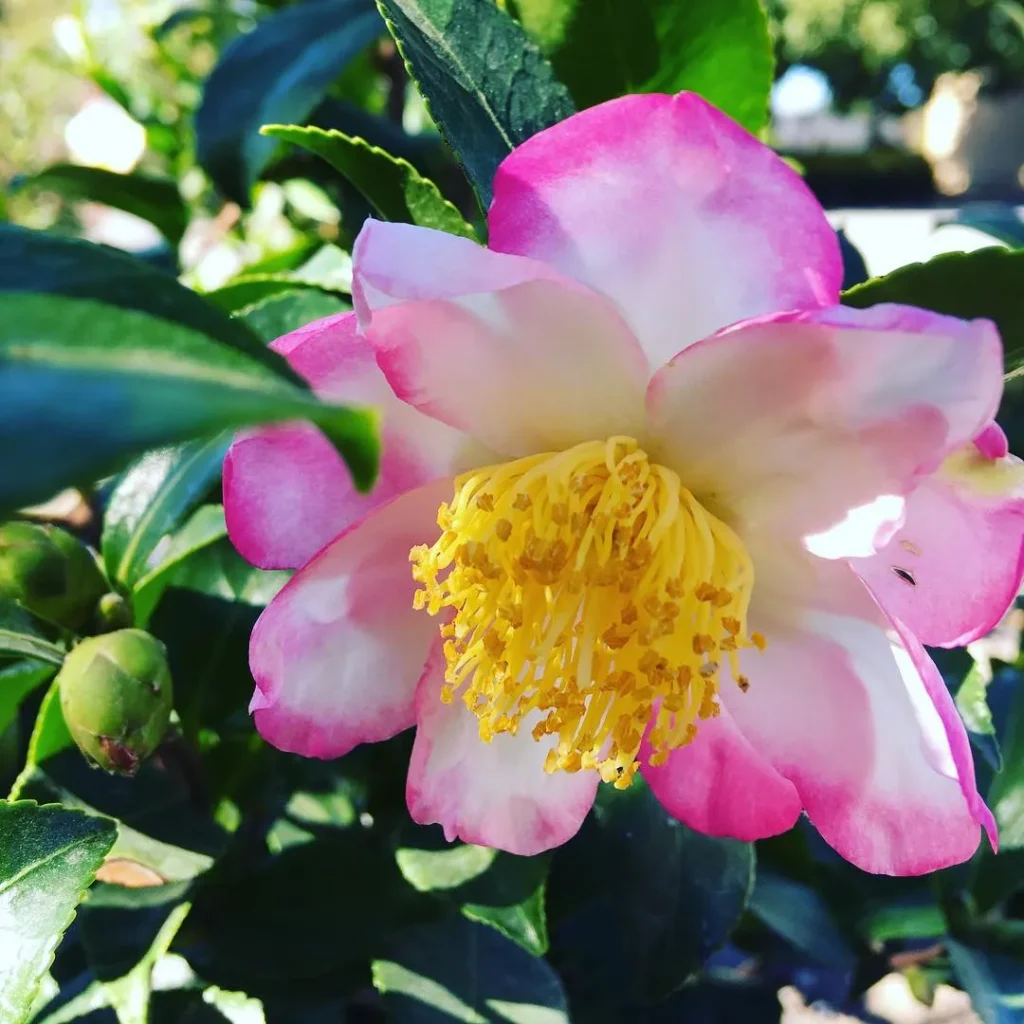
April 19 – Rehmannia
"Rehmannia, the Chinese foxglove, defines April 19."
This plant represents endurance and vitality. You are strong and determined, always finding ways to rejuvenate and thrive. Like Rehmannia, you bring life and energy to those around you.
Rehmannia: A Deep Dive with Ferb Vu
Rehmannia. The name itself evokes a sense of mystery, a hint of the exotic. As a plant enthusiast, I’ve always been drawn to the unique and the intriguing, and Rehmannia, with its vibrant flowers and rich history in traditional Chinese medicine, certainly fits the bill. Today, I’d like to share my fascination with this captivating genus, delving into its characteristics, its various species, and its significance in both the horticultural and medicinal worlds.
Understanding the Rehmannia Genus
Rehmannia is a genus of flowering plants belonging to the Orobanchaceae family. Native to China, these plants are known for their showy, foxglove-like flowers that range in color from vibrant red and purple to delicate yellow. The genus was named in honor of Joseph Rehmann, a physician and botanist who made significant contributions to the study of flora in the 18th century.
What truly sets Rehmannia apart, however, is its unique relationship with other organisms. Unlike most plants, which obtain nutrients through photosynthesis, Rehmannia species are partially parasitic. They attach their roots to the roots of other plants, siphoning off nutrients to supplement their own energy production. This fascinating adaptation allows them to thrive in diverse environments, from shaded woodlands to rocky slopes.
Exploring the Species
While the Rehmannia genus is relatively small, it boasts a diverse array of species, each with its own distinct characteristics:
- Rehmannia glutinosa: Perhaps the most well-known species, Rehmannia glutinosa, also known as Chinese foxglove, is prized for its medicinal properties. Its roots are a staple in Traditional Chinese Medicine, used to treat a variety of ailments, from kidney deficiency to anemia. Plant FAQs: Rehmannia Glutinosa – Chinese Foxglove – Shihu
- Rehmannia piasezkii: This species is known for its smaller, more delicate flowers and its preference for shady, wooded habitats.
- Rehmannia solanifolia: This species boasts a unique leaf shape, reminiscent of the leaves of the nightshade family.
- Rehmannia chingii H.L.Li
- Rehmannia chrysantha M.H.Li & C.H.Zhang
- Rehmannia henryi N.E.Br.
- Rehmannia japonica (Thunb.) Makino
The Significance of Rehmannia
Rehmannia’s significance extends beyond its ornamental beauty and intriguing parasitic nature. For centuries, it has played a crucial role in Traditional Chinese Medicine. The roots of Rehmannia glutinosa, in particular, are highly valued for their perceived medicinal properties. Known as “Di Huang” in Chinese, these roots are believed to nourish the yin, cool the blood, and tonify the kidneys. They are often used in herbal formulas to address a wide range of health concerns, including:
- Kidney deficiency: Rehmannia is believed to strengthen kidney function, which is essential for overall health and vitality in Traditional Chinese Medicine.
- Blood deficiency: The roots are thought to promote blood production and improve circulation, making them a common remedy for anemia and fatigue.
- Menopausal symptoms: Rehmannia is often used to alleviate hot flashes, night sweats, and other symptoms associated with menopause.
- Diabetes: Some studies suggest that Rehmannia may help regulate blood sugar levels, making it a potential complementary therapy for diabetes management.
While Rehmannia has a long history of use in Traditional Chinese Medicine, it’s important to note that scientific research on its efficacy and safety is ongoing. It’s crucial to consult with a qualified healthcare professional before using Rehmannia or any other herbal remedy, especially if you have pre-existing health conditions or are taking medications.
Cultivating Rehmannia
For those interested in cultivating Rehmannia, it’s important to understand its specific needs. These plants thrive in well-drained soil and prefer partial shade to full sun. They are relatively low-maintenance but benefit from regular watering, especially during dry periods. While Rehmannia species are hardy in a variety of climates, they may require winter protection in colder regions.
Whether you’re a seasoned gardener or a curious beginner, adding Rehmannia to your garden can be a rewarding experience. Not only will you enjoy the beauty of its unique flowers, but you’ll also be cultivating a plant with a rich history and fascinating adaptations.
Conclusion
Rehmannia, with its captivating beauty, unique parasitic nature, and significant role in Traditional Chinese Medicine, is a truly remarkable genus. From the vibrant blooms of Rehmannia elata to the medicinal properties of Rehmannia glutinosa, each species offers something unique and intriguing. Whether you admire it for its ornamental value, its ecological significance, or its potential health benefits, Rehmannia is a plant that deserves our attention and appreciation.
As I continue to explore the world of plants, I am constantly amazed by the diversity and complexity of the natural world. Rehmannia serves as a reminder of the intricate connections between organisms and the profound impact that plants have on our lives, both culturally and medicinally. I encourage everyone to take a moment to appreciate the beauty and wonder of Rehmannia, a true gem in the botanical world.
If i die, water my plants!



